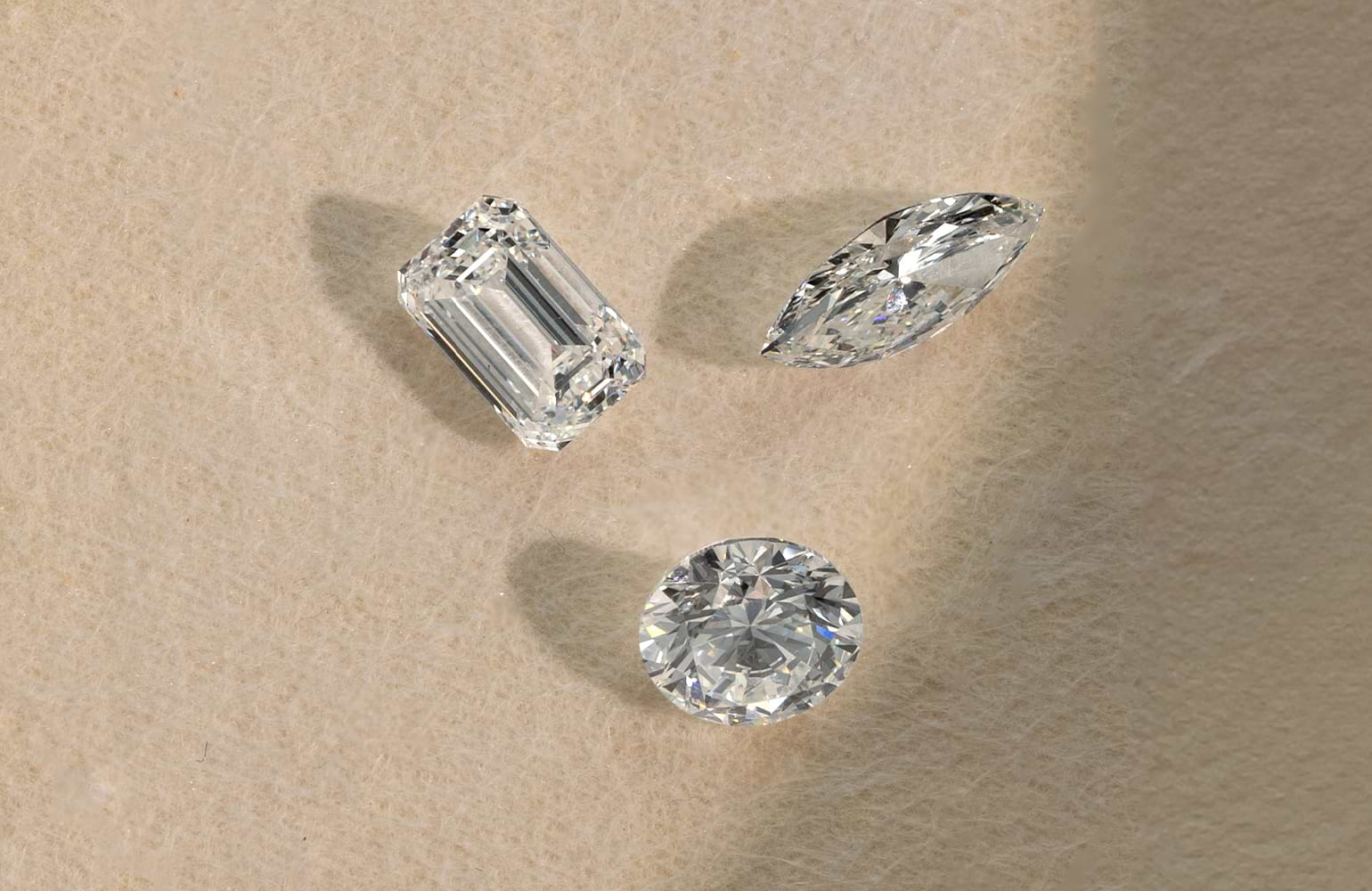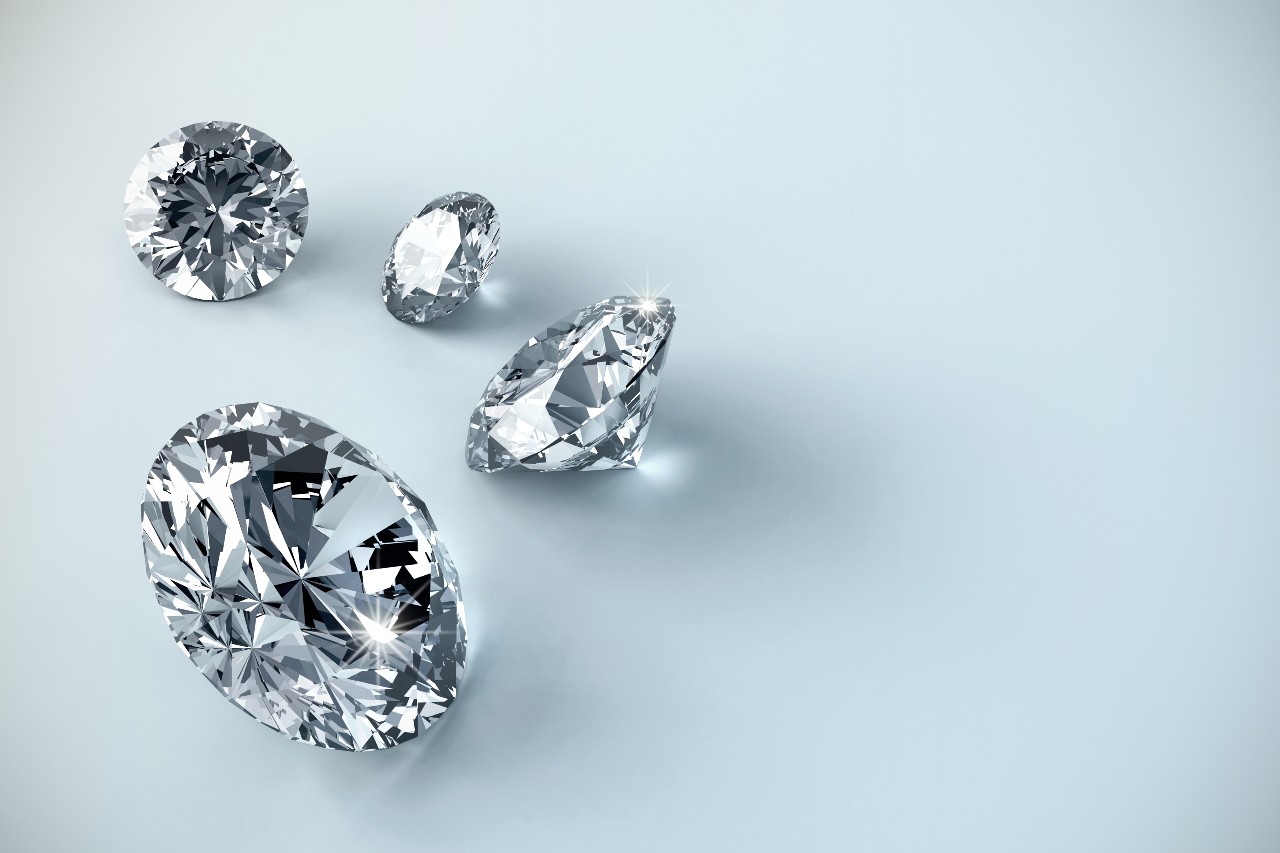Introduction
When you’re in the market for a diamond, whether it’s for an engagement ring, a special gift, or a personal indulgence, understanding the 4Cs is crucial. These four factors—cut, color, clarity, and carat weight—dictate not only the appearance of the diamond but also its value and overall quality. Let’s delve into each of these aspects to uncover how they can guide you towards selecting the perfect diamond for your needs.
Understanding the 4Cs
Cut
The cut of a diamond isn’t just about its shape; it determines how well the diamond reflects light die 4CS. A well-cut diamond will sparkle brilliantly, while a poorly cut one may appear dull despite its other qualities. In [specific context], the cut is particularly important because [explain specific reason]. Diamonds can be cut in various ways, each impacting their brilliance differently.
Color
Diamonds come in a spectrum of colors, from colorless to yellow or even fancy colors like pink or blue. In [specific context], the color grade significantly influences [explain impact]. Understanding the subtle differences in color grades can help you choose a diamond that meets your aesthetic preferences and budget.
Clarity
Clarity measures the presence of internal flaws (inclusions) and surface irregularities (blemishes) in a diamond. In [specific context], clarity is crucial because [explain impact]. The clarity grade affects not only the diamond’s beauty but also its durability and overall appeal.
Carat Weight
Carat weight refers to the diamond’s size, with one carat equaling 200 milligrams. In [specific context], carat weight plays a vital role in [explain impact]. Choosing the right carat weight involves balancing size with other factors like cut, color, and clarity to achieve the desired visual impact within your budget.
Why Do the 4Cs Matter?
Quality Assurance
The 4Cs serve as a universal standard for assessing diamond quality. By understanding and applying the 4Cs, consumers can ensure they are purchasing a diamond that meets their expectations in terms of beauty and value.
Pricing Considerations
Each of the 4Cs contributes to the overall pricing of a diamond. For example, a diamond with excellent cut, color, clarity, and larger carat weight will typically command a higher price due to its rarity and desirability.
Diamonds are renowned for their exceptional qualities, making them one of the most coveted gemstones worldwide. Their unparalleled brilliance, stemming from the way they reflect and refract light wertvoller diamant merkmale, creates a mesmerizing sparkle that captures the eye.
Personal Preference
Beyond technical standards, the 4Cs allow individuals to prioritize what matters most to them. Some may prefer a larger diamond with slight inclusions that are not visible to the naked eye, while others may prioritize flawless clarity over carat size.
How to Evaluate Each C
Tools and Techniques
Professional jewelers use specialized tools like microscopes and loupes to assess the 4Cs accurately. However, there are also user-friendly guides and online resources available for consumers interested in evaluating diamonds themselves.
Choosing the Right Balance
Finding Your Ideal Combination
The ideal combination of the 4Cs depends on [specific criteria]. For instance, someone looking for a diamond engagement ring may prioritize cut and clarity for maximum sparkle, whereas someone buying a diamond for investment might focus more on color and carat weight.
Trends and Innovations
Current Trends in [context]
In [specific context], there is a growing trend towards [mention current trend]. Consumers are increasingly valuing [explain trend’s impact on the 4Cs].
Innovations in Diamond Evaluation
Technological advancements such as [mention technology] have revolutionized how diamonds are evaluated for the 4Cs, offering more precise measurements and enhancing transparency in the diamond industry.
Common Misconceptions
Debunking Myths
One common myth is that a diamond must be flawless to be beautiful. In reality, diamonds with minor inclusions can still be visually stunning and offer better value for money.
Educational Initiatives
Promoting awareness about the 4Cs helps consumers make informed decisions when purchasing diamonds. Educational initiatives aim to demystify diamond grading and empower buyers with knowledge.
Conclusion
Choosing the perfect diamond involves considering a combination of factors that go beyond mere appearance. By understanding and prioritizing the 4Cs—cut, color, clarity, and carat weight—you can confidently select a diamond that not only dazzles the eyes but also fits your budget and personal preferences. Whether it’s for a symbol of love, a statement of style, or an investment in beauty, the 4Cs guide you towards finding the diamond that’s truly perfect for you.




